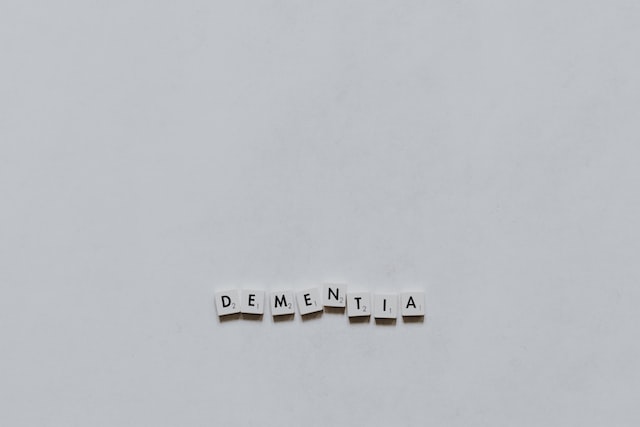The radiation from iodine-131 treatment and the radiation from nuclear fallout involving iodine-131 are fundamentally the same in terms of the radioactive isotope involved, but they differ greatly in context, purpose, dosage, and exposure conditions.
Iodine-131 is a radioactive isotope of iodine with a half-life of about eight days. It emits beta particles and gamma radiation as it decays. This isotope is produced both artificially for medical uses and naturally as a byproduct of nuclear fission in reactors and nuclear explosions. Because iodine is actively absorbed and concentrated by the thyroid gland, iodine-131 tends to accumulate there, delivering radiation directly to thyroid tissue.
In medical treatment, iodine-131 is deliberately administered in controlled doses to treat thyroid conditions such as hyperthyroidism and certain types of thyroid cancer. The goal is to use the beta radiation emitted by iodine-131 to selectively destroy overactive or malignant thyroid cells. The doses used in therapy are carefully calculated to maximize the destruction of targeted thyroid tissue while minimizing harm to the rest of the body. This treatment exploits the thyroid’s natural iodine uptake mechanism to deliver radiation precisely where it is needed. The radiation exposure is localized, controlled, and monitored, with patients typically receiving a single or limited number of doses under medical supervision.
In contrast, iodine-131 released during nuclear fallout—such as from nuclear weapons testing, reactor accidents like Chernobyl and Fukushima, or other nuclear incidents—is an uncontrolled environmental contaminant. It disperses into the atmosphere and can contaminate air, water, soil, and food supplies. People exposed to fallout may inhale or ingest iodine-131 unknowingly, primarily through contaminated milk or leafy vegetables. This leads to unplanned and uncontrolled radiation exposure to the thyroid gland, often at lower doses spread over a population rather than targeted treatment for an individual. The exposure from fallout is involuntary and can increase the risk of thyroid cancer and other thyroid diseases, especially in children and adolescents.
The key differences between iodine-131 treatment and fallout exposure include:
– **Purpose and Control**: Medical iodine-131 is administered intentionally in controlled doses to treat disease, whereas fallout iodine-131 exposure is accidental and uncontrolled.
– **Dosage**: Therapeutic doses are often high and targeted to destroy thyroid tissue, while fallout doses are generally lower but spread over many people, with some receiving harmful levels.
– **Exposure Pathway**: Treatment involves direct ingestion or injection of iodine-131 under medical supervision; fallout exposure occurs through environmental contamination and food chain uptake.
– **Health Impact**: Treatment aims to benefit the patient by destroying diseased tissue, with risks managed by medical protocols. Fallout exposure increases the risk of thyroid cancer and other thyroid disorders due to unintended radiation damage.
– **Radiation Type and Energy**: The radiation emitted by iodine-131 is the same in both cases—beta particles and gamma rays—but the biological effects depend on dose and exposure conditions.
In summary, while the radioactive iodine-131 itself is chemically and physically the same whether used in medicine or released in nuclear fallout, the context of exposure is vastly different. Medical use is a controlled, targeted application designed to treat thyroid disease, whereas nuclear fallout represents an uncontrolled environmental hazard that can cause thyroid damage and increase cancer risk. Understanding these differences is crucial to appreciating why iodine-131 can be both a valuable medical tool and a dangerous contaminant depending on how and where it is encountered.





